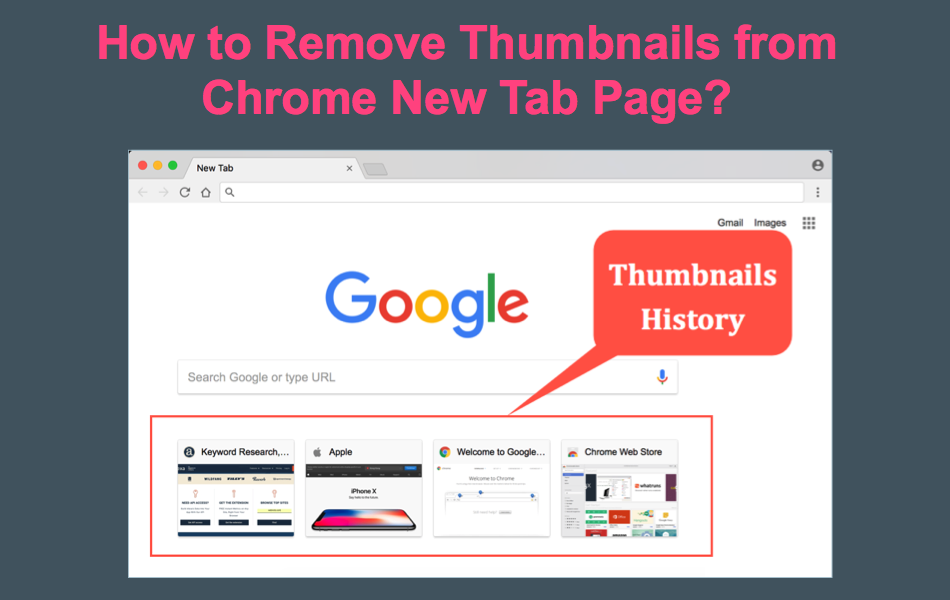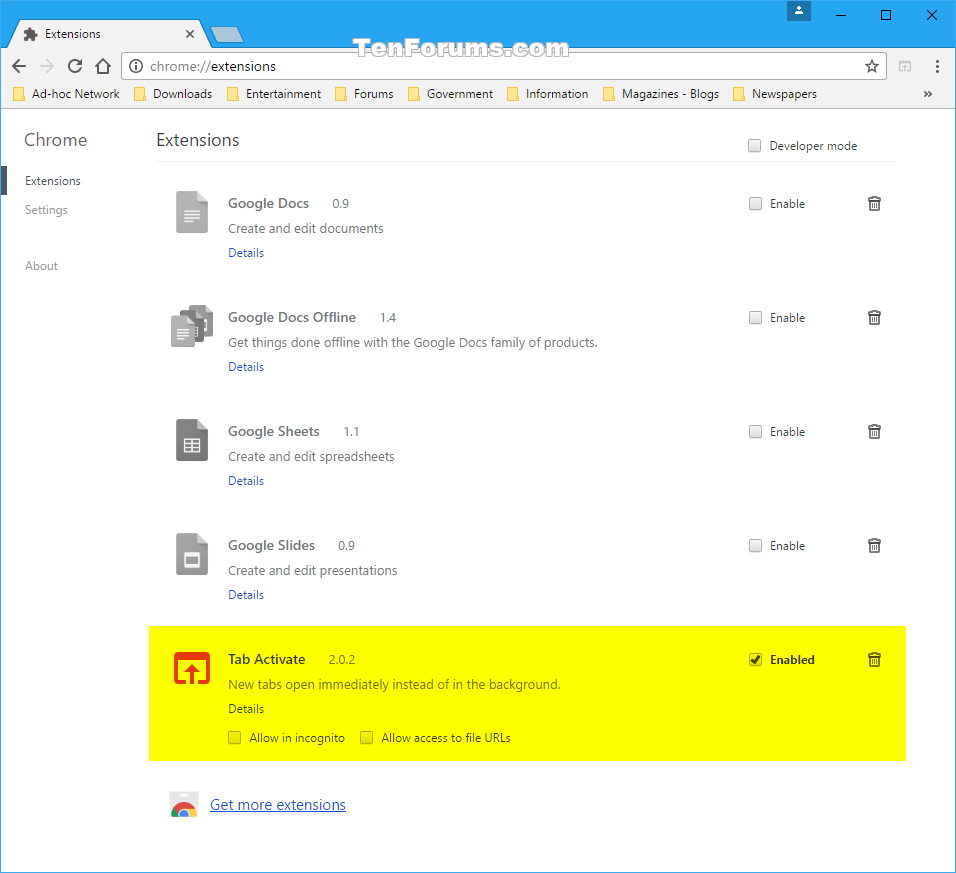
So, I guess my suggestion would be to try to use a https site where possible, if it is an internal site you are linking to, campaign your IT department to enable HTTPS, if it is external, get into contact with the site and let them know the issue. NC State University has a nice little summary article that I like to reference Links and new windows – IT Accessibility as it covers off a few of the issues surrounding the problems that new-windows cause for certain types of users. I also thought that I would mention something which would make my accessibility officer very happy, and that is some of the issues surrounding opening links within new windows/tabs forcibly.

I have had success with this in the past, though, will admit, with larger companies, it has often taken a *long* time. In many cases it is not a hugely difficult thing for them to do, and with the way things are changing, it is definitely the way forward. So, on the HTTPS front, I would suggest contacting the site you wish to link to and championing them to enable HTTPS.

It makes it difficult, because you end up seeing exactly what your users experience, the errors where you get an insecure content warning.

I know there have been certain services that we have interacted with even up until just last year, that had zero support for https (and these were major companies). Sophos ran an interesting article covering some of the things Chrome is doing Google to slap warnings on non-HTTPS sites – Naked Security and even further back Mozilla indicated their commitment to the secure web. There is more of a push from browser vendors at the moment to start using https as a standard (rather than as the exception, like it used to be). Hi I don't have a solution but I can throw in some context of how this may change in future given changes that Google, Mozilla and the likes are pushing for.


 0 kommentar(er)
0 kommentar(er)
